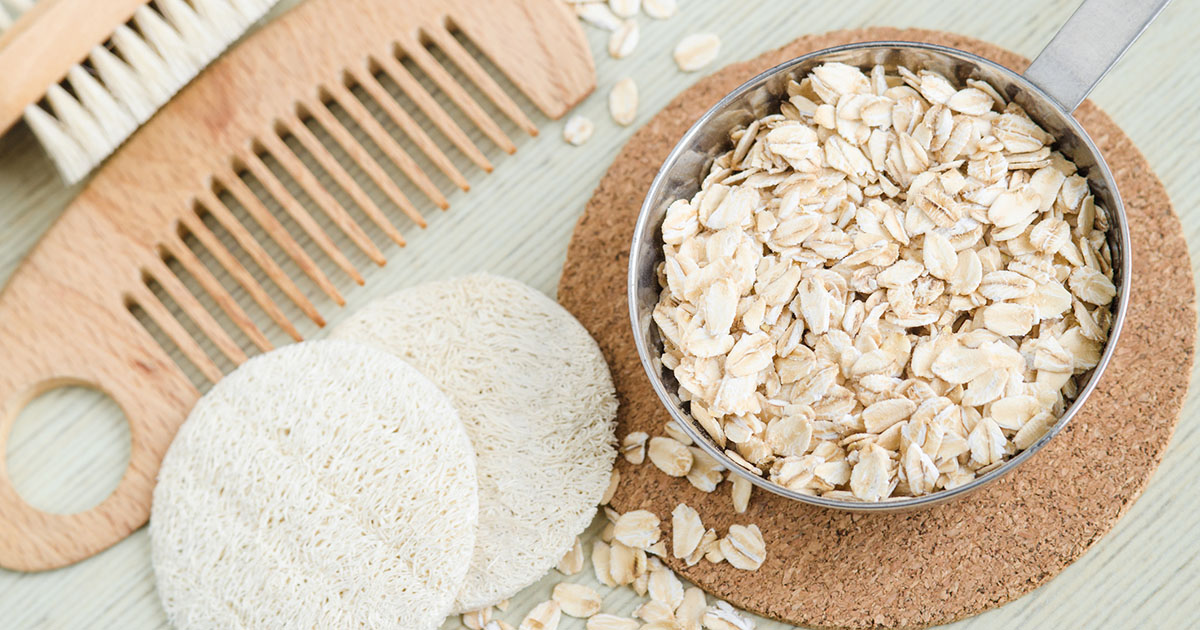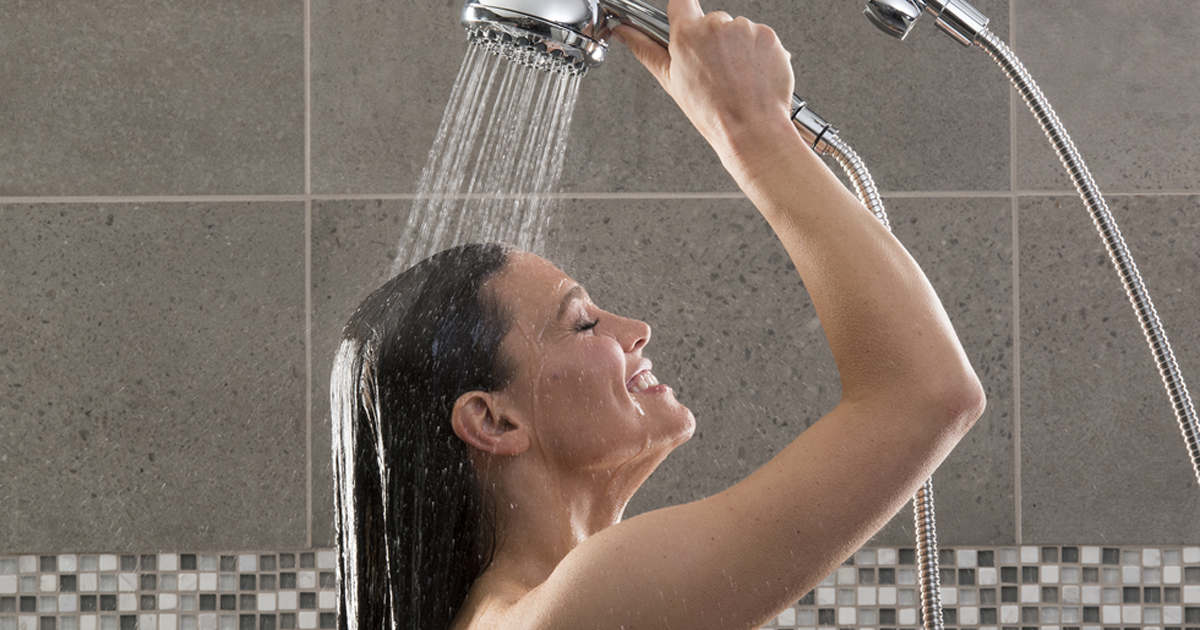Simple Treatment Options For Pityriasis Rosea
Pityriasis rosea is a skin condition that produces a red, scaly rash. Typically, it begins with a herald patch (also known as a mother patch), one scaly, oval-shaped spot up to four inches long. The spot will typically have a raised border, and it is most often found on the back, stomach, or chest. Before the appearance of this spot, patients may experience a headache, fever, runny nose, sore throat, fatigue, or other symptoms similar to an upper respiratory infection. After the herald patch has appeared, other smaller patches of reddish spots normally appear over the next three weeks, and the rash typically causes itching. The smaller patches of the rash are often spread out across the body in a shape resembling a pine tree. Pityriasis rosea most often occurs in patients between ten and thirty-five years old, and it is rare in individuals over sixty. The rash normally resolves on its own in six to eight weeks, and treatment can promote faster healing.
Take An Oatmeal Bath

Patients struggling to find relief from the itching caused by pityriasis rosea may want to take an oatmeal bath. Oatmeal baths are traditionally made with colloidal oatmeal, a type of oatmeal with anti-inflammatory properties. When used in a bath, this oatmeal binds to the patient's skin, forming a barrier that protects it and sealing in moisture. This can ease the scaliness of the rash, and it also helps clean the skin. An effective oatmeal bath for patients with pityriasis rosea can be made at home using uncooked whole oats. These should be placed in a food processor or blender and processed until they are the consistency of a powder. To use the mixture in the bath, place one cup of the processed oats underneath running water as the bathtub fills. Dermatologists suggest patients soak in a lukewarm oatmeal bath for up to fifteen minutes. After bathing, patients should pat the affected areas dry with a towel, making sure their skin is still damp. In particular, patients should avoid soaking for longer than fifteen minutes in the oatmeal bath; this can dry out the skin even more and actually increase itching.
Try A Lukewarm Shower

Patients may also wish to try a lukewarm shower. These can be especially useful when oatmeal baths are not practical. Using lukewarm water reduces the risk of further damage to the skin that can sometimes be caused by overly hot water. In addition, lukewarm water is less painful for irritated skin than hot water normally is. When taking a lukewarm shower, patients should avoid showering for longer than fifteen minutes, and they should pat the rash dry after showering. If a patient is using a non-waterproof dressing over a rash, the area may need to be covered with a plastic bag while showering. Any dressings that accidentally get wet may need to be changed to prevent infection. For maximum relief from itching, patients may wish to apply moisturizer, ointment, or another cream to the rash immediately after showering. This will help increase moisture in the skin and prevent drying.
